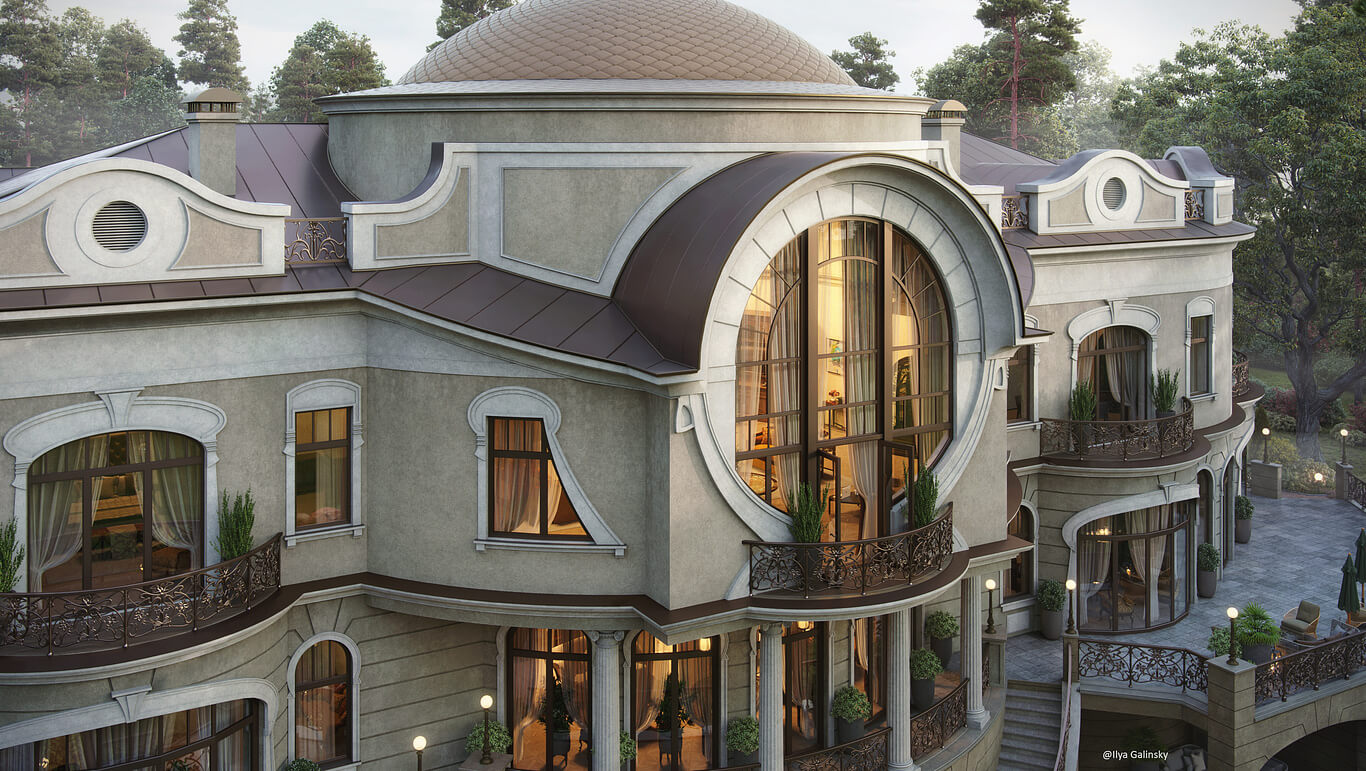
Hey There!! I am Cameron Williamson creative force behind DECORANTS. My mission is to help home or office renovators like you find happiness with proven design and well-being strategies.
Table of Contents
Art Nouveau showed up in a wide assortment of strands, producing interests in enhancing and realistic art and design all through Europe and far beyond. Art Nouveau may pass by various names; however, its look is unquestionable.
This form of art is also popularly known by other names such as Glasgow style, or in German, Jugendstil, Sezessionstilthe decorative architecture. The enhancing expression development prospered in Europe all through the late eighteenth and mid-nineteenth hundreds of years.
They pointed art Nouveau architecture toward modernizing configuration, looking to get away from the varied authentic styles that had recently been well known.
Artisans drew motivation from natural and mathematical structures. They advances rich plans that unified streaming, typical designs looking like plants’ stems and blooms. The emphasis on direct forms outweighed shading; they typically designed the architecture with tints like quieted greens, earthy colors, yellows, and blues.
Art Nouveau architecture was generally well flourished before the First World War, making it ready for Art Deco’s advancement during the 1920s. Yet, it encountered a mainstream restoration during the 1960s, and it is presently seen as a significant archetype.
Famous architects like Antoni Gaudí and Hector Guimard get fame for their expressive, natural propelled plans. The plans generally highlighted vivid twists and definite iron-and glass work. Art Nouveau’s insides were just about as luxurious as their outsides. It was enriched utilizing precious materials, custom goods, and hand-painted walls. The art nouveau architecture was full of romantic energy, so the style underscored craftsmanship over industrialization.
Be it Scotland or Latvia, Perfect instances of Art Nouveau design can, in any case, can be found around the globe. Take a visit through these structural marvels.
Like all other Gaudi designs, Casa Batllo is just recognizable as Modernism or famous Art Nouveau architecture. Antoni Gaudi came up with his extravagant interpretation of Art Nouveau to Barcelona, making many of its architectural tourist attractions. Casa Batllo is located on the Passeig de Gracia, is one of his most famous works, and highlights implications to the legend of St. George and the Dragon.

Its outside is sheathed in beautiful bits of broken ceramics, while the rooftop is shrouded in scale-like tiles. Specifically, the ground floor has strange lattice, unpredictable oval windows, and streaming stonework. There are not many straight lines, and a large part of the façade is finished with a bright mosaic made of broken fired tiles, also called trencadis. The angled rooftop resembles the rear of a mythical serpent or dinosaur.
Planned by designer Paul Saintenoy, the Old England building was developed in 1899 and is viewed as Brussels’ best Art Nouveau architecture. The old retail chain presently houses the Museum of Musical Instruments, established in 1877.

The Old England retail store was a massive retailer in midtown Brussels, Belgium, incompletely house that celebrated, significant Art Nouveau. Old England store is probably the oldest illustration of the uncovered iron or steel and glass blind divider exterior being utilized on an incredibly massive scale.
Otto Wagner was an eminent figure in the reevaluation of Vienna during the twentieth century. One of his dearest works is the Majolikahaus apartment complex. He finished this work in 1898 with a bright, dynamic floral themes and a striking facade.

The Majolikahaus addresses the change to something new in a more practical methodology. However, it was not totally ailing in enrichment, but its Art Nouveau gear got its fame.
Joseph Maria Olbrich’s great art, the white cubic structure, was built as a presentation hall for the Secessionist development designers and artists. They started the construction in 1898, and finishes it off with a markable arch of overlaid fashioned iron shrub leaves.

Without beautifying, the inner space structure is isolated into an exhibition zone and a display area containing three rectangular rooms. They organized it around a focal square lobby, all enlightened naturally by four huge glass bay windows.

One of Art Nouveau’s most recognized professionals in Paris was Hector Guimard, who is perhaps most famous for his ironwork passageways to Venice’s Métro. Guimard’s Agoudas Hakehilos Synagogue is located in pairs which also known as Synagogue de la mourn Pavee. Architectects designed this in 1913 with an outside theme roused by the Ten Commandments.
0 comments